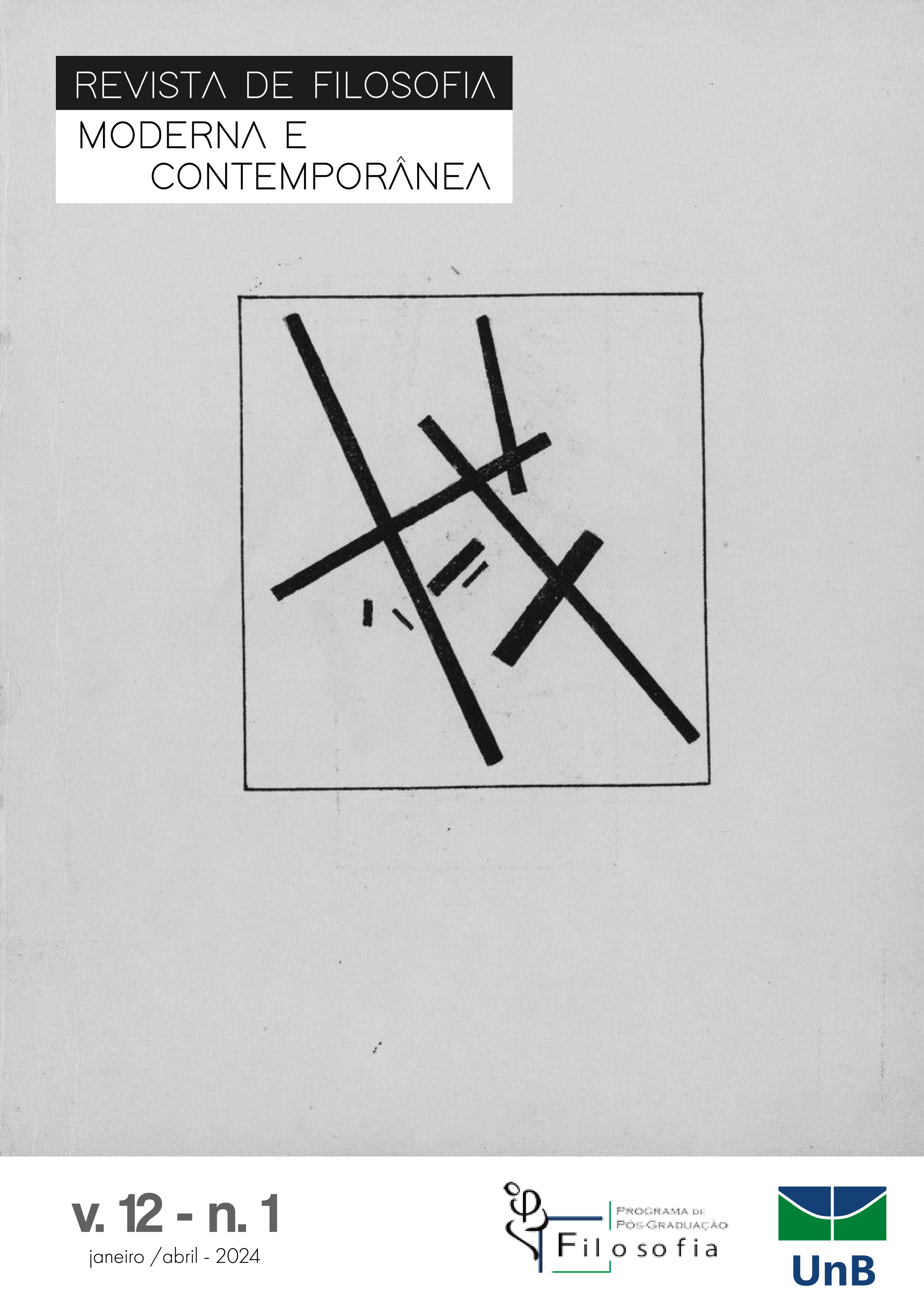The dissolution of reality
from classical physics to quantum physics and the fundamental role of probability in social science according to Giorgio Agamben
DOI:
https://doi.org/10.26512/rfmc.v12i1.53178Keywords:
Agamben. Quantum physics. Probability. Statistical laws. Governance of reality.Abstract
This essay aims to present the philosophical and investigative path followed by Giorgio Agamben regarding the question What is Real? (2016) in the eponymous work. The essay examines the paradigmatic dissolution of reality, from the deterministic perception of classical physics to the probabilistic conception of quantum physics, in light of the analogy proposed by the Italian physicist Ettore Majorana between the statistical laws of physics and the statistical laws of the social sciences, as well as the foundational critiques of Simone Weil on quantum physics. Agamben then establishes his own reflections on the problem of what is real, drawing from Weil’s insights on the intrinsic connection between necessity and probability, which enables decision-making in situations of uncertainty. Agamben further explores probability theory, using the historical example of Pascal’s "interrupted game" to illustrate how probability influences decision-making.
Downloads
References
AGAMBEN, Giorgio. Che cos’è reale? La scomparsa di Majorana. Vicenza: Neri Pozza Editore, 2016.
AGAMBEN, Giorgio. What Is Real? Translated by Lorenzo Chiesa. California: Stanford UNiversity Press, 2018.
MELO, Sally Barcelos. Estado de exceção permanente? Uma leitura de Giorgio Agamben. Revista Profanações, ano 6, p.276-305, 2019. DOI: https://doi.org/10.24302/prof.v6i0.1885.
Downloads
Published
How to Cite
Issue
Section
License
Copyright (c) 2024 Journal of Modern and Contemporary Philosophy

This work is licensed under a Creative Commons Attribution-NonCommercial-NoDerivatives 4.0 International License.
Copyright for articles published in this journal is retained by the authors, with first publication rights granted to the journal. By virtue of their appearance in this open access journal, articles are free to use, with proper attribution, in educational and other non-commercial settings.


